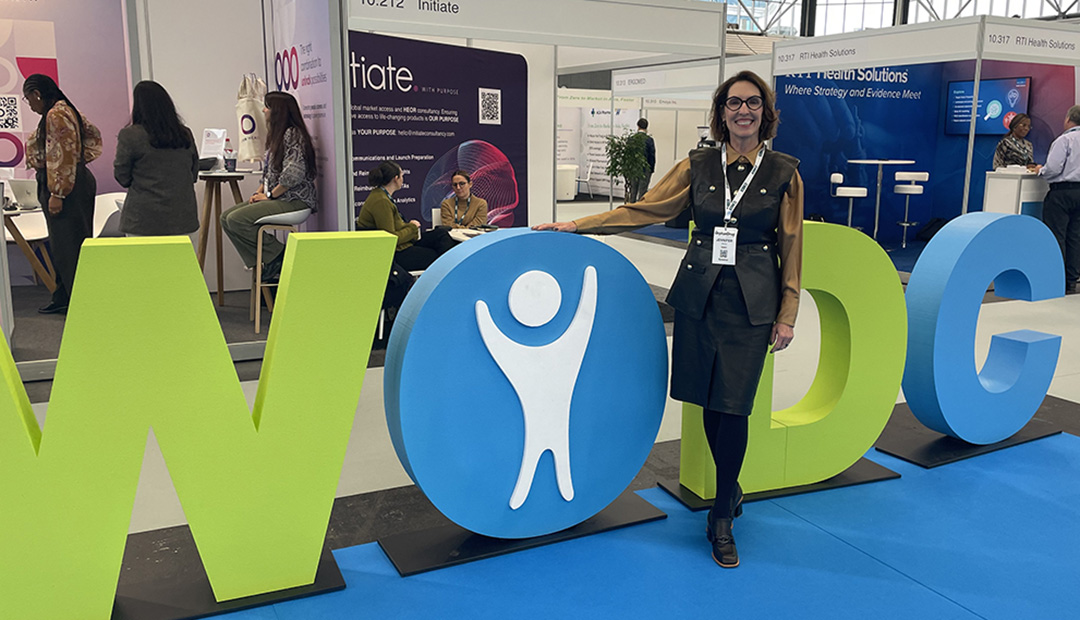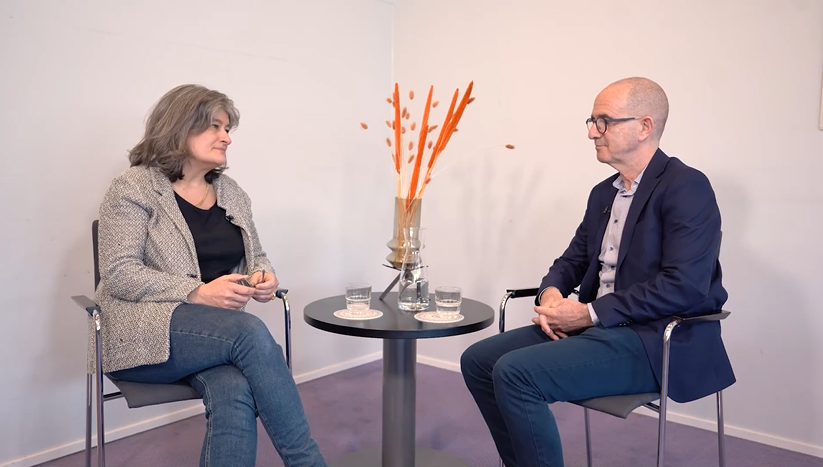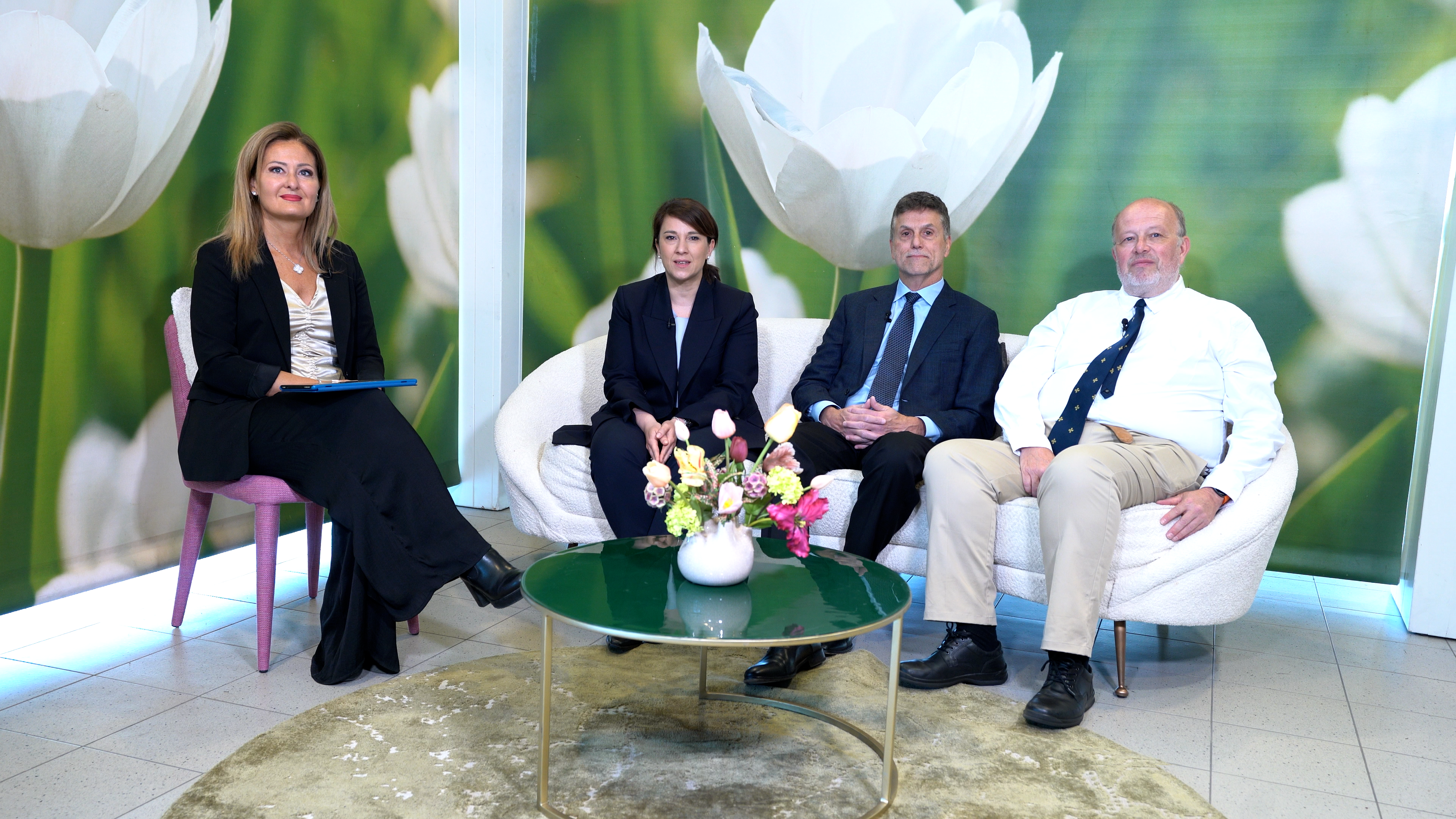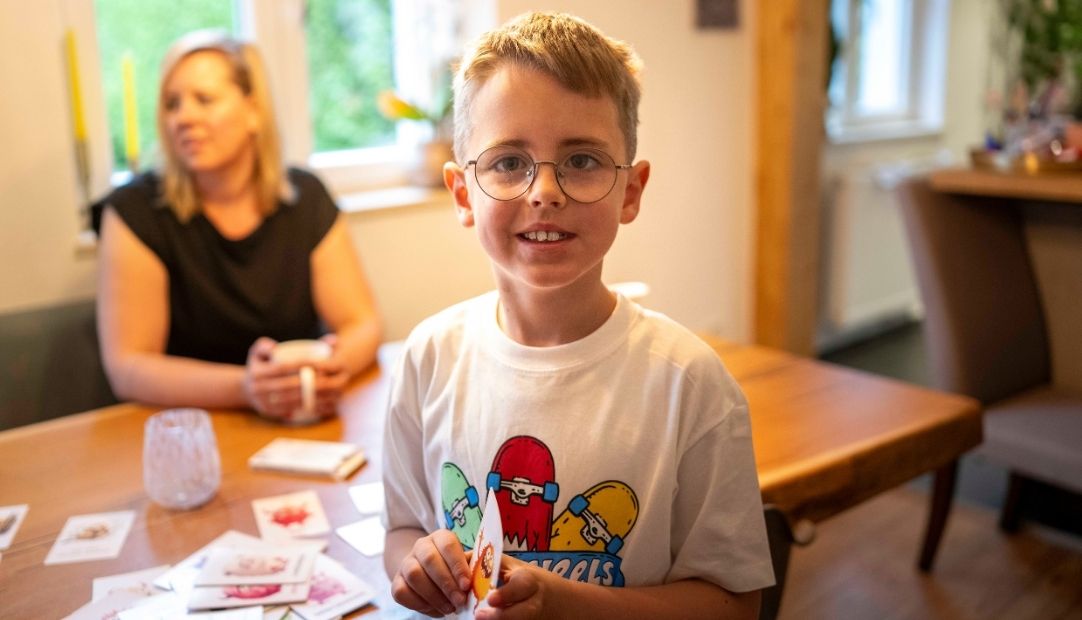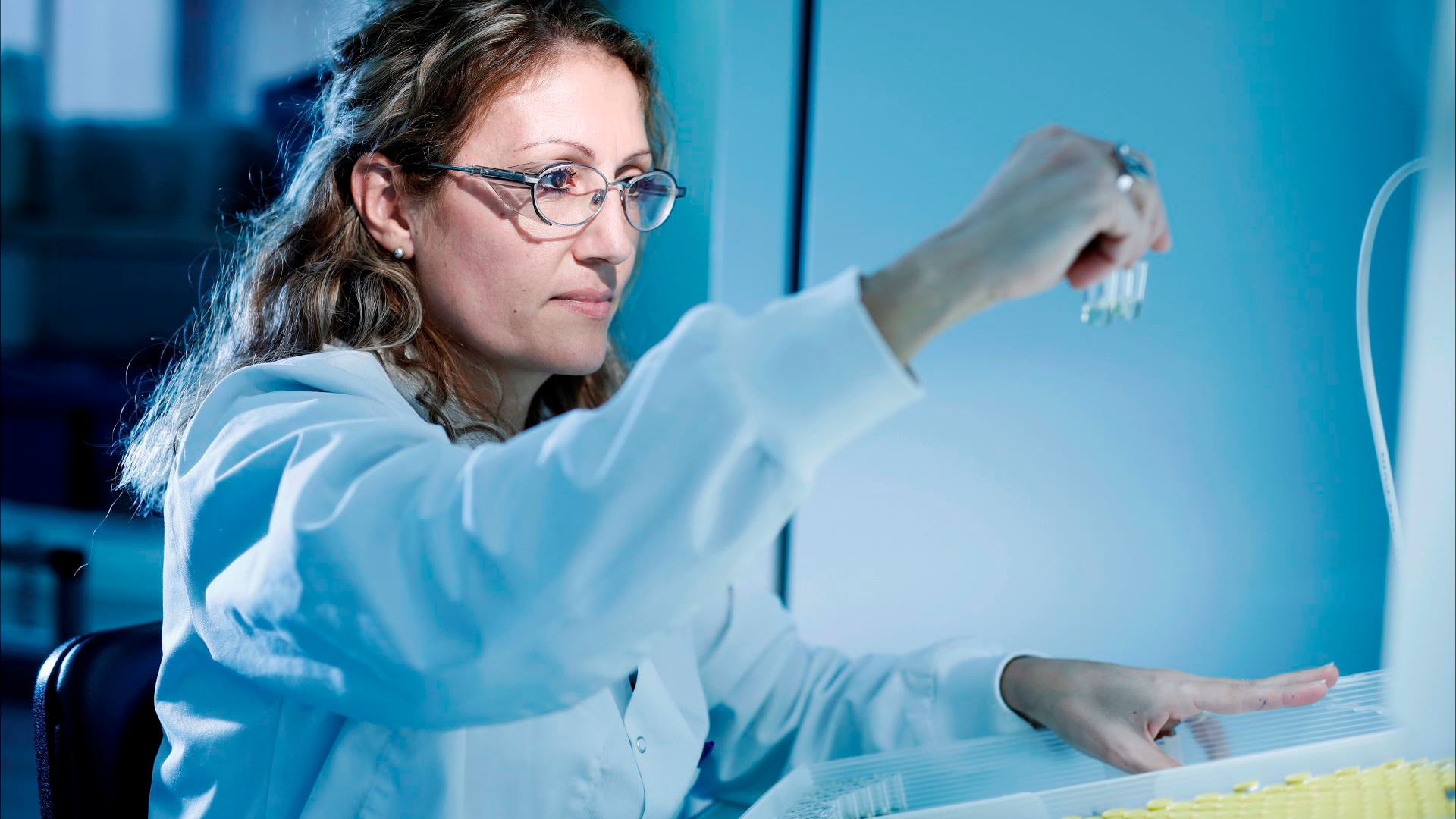Ipsen at The Liver Meeting 2025
We’re at The Liver Meeting 2025!
We’re proud to be part of The Liver Meeting 2025 hosted by the American Association for the Study of Liver Disease (AASLD), where leading healthcare professionals, scientists and the patient community come together to discuss the latest advances in scientific and medical innovations and care, across liver diseases.
This year at The Liver Meeting, we have a strong presence, with data from five rare liver diseases being presented as late breaking abstracts, oral presentations, and posters of distinction. These data, covering primary biliary cholangitis (PBC), progressive familial intrahepatic cholestasis (PFIC), Alagille syndrome (ALGS), biliary atresia (BA), and primary sclerosing cholangitis (PSC), advance our understanding of these conditions and demonstrates our continued commitment to research in rare liver conditions and improving patient outcomes.
As science and technology evolve, we are understanding more about the biology of symptoms, exploring disease-modifying potential, and sharing our science so that we can help shape the future of hepatology.
The Evolving Science of Rare Liver Disease
We use our scientific expertise across five disease areas, PBC, PFIC, ALGS, BA and PSC, to develop medicine that have life changing potential for people living with a rare liver disease. Our understanding of these diseases is evolving.
PBC
Our growing understanding of the biology behind PBC has led to recognition that fatigue is not just a general feeling of tiredness, but a distinct and independent symptom of the disease, separate from pruritus (severe itching).
As we uncover the full spectrum of symptoms and their underlying mechanisms, management of PBC is becoming more personalized, focusing on what matters most to patients, including quality of life.
PFIC
Advances in genetic testing have revealed that PFIC can present not only in childhood but also in adulthood, leading to more accurate diagnosis for adult patients and a broader understanding of its clinical spectrum.
ALGS
In ALGS, the liver is often the most affected organ, with bile duct abnormalities causing bile to build up to harmful levels. About half of children see improvement in bile flow by age five, while the other half experience worsening symptoms and complications.
Pruritus caused by bile acid accumulation is frequently the most debilitating symptom, severely impacting sleep, emotional well-being, and daily life. In some cases, it becomes a key driver for liver transplantation.
BA
BA is a rare liver condition that affects infants, requiring early recognition and diagnosis to improve outcomes.
There is a spectrum of experiences among those affected by BA, reflecting its complexity and varied impact on children and families.
PSC
Our understanding of PSC is growing, effective therapeutic options for PSC are very limited, with liver transplant being the only approach that can support people’s long-term outlook.
There is significant need for both patients and doctors to have access to a tolerable and efficacious treatment option.
By partnering with the patient community, we can raise awareness of these diseases and understanding of the patient experience among healthcare professionals.
Daily Highlights From The Liver Meeting
Catch up on each day’s key moments and breakthroughs with daily updates from Hugo Gomes da Silva, sharing expert commentary and reflections on the science shaping this year’s meeting. New episodes uploaded daily throughout the congress:
Content coming soon…!
Conversations That Matter: Video Interviews
Hear directly from key opinion leaders, patient advocates, and Ipsen experts as they discuss new data, evolving perspectives, and the future of RLD care – recorded live at The Liver Meeting 2025. Watch exclusive interviews from the meeting:
Content coming soon…!
Looking Back: The Liver Meeting Through the Years
Our presence at The Liver Meeting reflects our ongoing commitment to advancing liver research and supporting the global community.
Explore highlights, posters, and expert sessions from previous meetings.
Learning more about PBC and fatigue
For more information on fatigue in PBC, read here.

